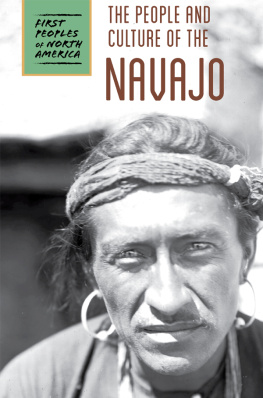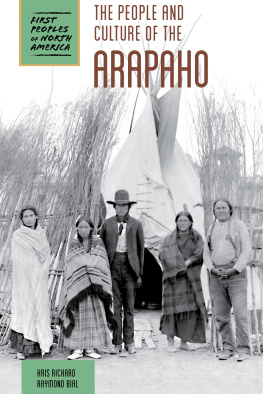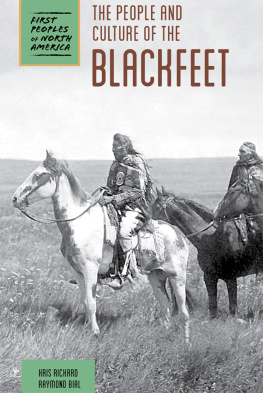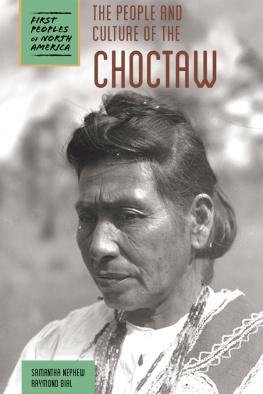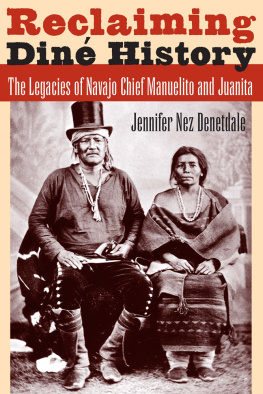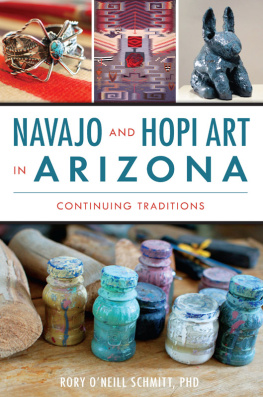Published in 2017 by Cavendish Square Publishing, LLC
243 5th Avenue, Suite 136, New York, NY 10016
Copyright 2017 by Cavendish Square Publishing, LLC
First Edition
No part of this publication may be reproduced, stored in a retrieval system, or transmitted in any form or by any meanselectronic, mechanical, photocopying, recording, or otherwisewithout the prior permission of the copyright owner. Request for permission should be addressed to Permissions, Cavendish Square Publishing, 243 5th Avenue, Suite 136, New York, NY 10016. Tel (877) 980-4450; fax (877) 980-4454.
Website: cavendishsq.com
This publication represents the opinions and views of the author based on his or her personal experience, knowledge, and research. The information in this book serves as a general guide only. The author and publisher have used their best efforts in preparing this book and disclaim liability rising directly or indirectly from the use and application of this book.
CPSIA Compliance Information: Batch #CW17CSQ
All websites were available and accurate when this book was sent to press.
Library of Congress Cataloging-in-Publication Data
Names: Rickard, Kris A., author. | Bial, Raymond, author.
Title: The people and culture of the Navajo / Kris A. Rickard and Raymond Bial.
Description: New York : Cavendish Square Publishing, [2016] | Series: First peoples of North America | Includes bibliographical references and index.
Identifiers: LCCN 2016022958 (print) | LCCN 2016023080 (ebook) | ISBN 9781502622433 (library bound) | ISBN 9781502622440 (E-book)
Subjects: LCSH: Navajo Indians--History. | Navajo Indians--Social life and customs.
Classification: LCC E99.N3 R54 2016 (print) | LCC E99.N3 (ebook) | DDC 979.1004/9726--dc23
LC record available at https://lccn.loc.gov/2016022958
Editorial Director: David McNamara
Editor: Kristen Susienka
Copy Editor: Rebecca Rohan
Associate Art Director: Amy Greenan
Production Assistant: Karol Szymczuk
Photo Research: J8 Media
The photographs in this book are used by permission and through the courtesy of: Cover University of Southern California. Libraries/ California Historical Society/File:Portrait of Navajo Indian man wearing warriors headdress, silver earrings, and wampum necklace, ca.1900 (CHS-3675).jpg/Wikimedia Commons; Back cover Marc Dozier/ Corbis Documentary/Getty Images; p. 6 Alison Wright/Corbis Documentary/Getty Images; pp. 8, 12, 31, 35 Raymond Bial; p. 17, 42 Library of Congress; p. 19 kojihirano/Shutterstock.com; p. 22 Loomis Dean/The LIFE Picture Collection/Getty Images; p. 23 Universal History Archive/UIG/Bridgeman Images; p. 25 Marc Dozier/ Corbis Documentary/Getty Images; p. 26 Culture Club/Hulton Archive/Getty Images; p. 29 Universal History Archive/UIG/Getty Images; p. 38 Ansel Adams/Archive Photos/Getty Images; p. 45 DANI-JESKE/DeAgostini/Getty Images; p. 47 Bruce Dale/National Geographic/Getty Images; p. 49, 73, 76 Bettmann/Getty Images; p. 50 North Wind Picture Archives/Alamy Stock Photo; p. 52 M L Pearson/Alamy Stock Photo; p. 54 Universal History Archive/ UIG/Getty Images; p. 57, 59 Universal Images Group/Getty Images; p. 61 Historical Art Collection HAC /Alamy Stock Photo; p. 63 Keystone View Company/LOC/Corbis/VCG/Getty Images; p. 65 Education Images/UIG/Getty Images; p. 66 Diane Cook & Len Jenshel/National Geographic Creative/Bridgeman Images; p. 69 Mireille Vautier/ Alamy Stock Photo; p. 70 George H Huey/Alamy Stock Photo; p. 72 NativeStock.com; p. 74 Look and Learn/Elgar Collection/Bridgeman Images; p. 79 NARA/File:NAVAJO INDIANS AT FORT DEFIANCE, ARIZONA - NARA - 524283.jpg/Wikimedia Commons; p. 80 Library of Congress; p. 82 Internet Archive Book Images/File:History and government of New Mexico (1921) (14596470808).jpg/Wikimedia Commons; p. 83 Underwood Archives/ UIG/Bridgeman Images; p. 87 Christian Heeb/AWL Images/Getty Images; Ish ishwar/File:Apachean present.png/ Wikimedia Commons; p. 90 Everett Collection Inc/Alamy Stock Photo; p 94 Navajohistory1/ File:Russell Begaye. jpg/Wikimedia Commons; p. 97 Laura Segall/Bloomberg/Getty Images; p. 98, 104 Chris Felver/Archive Photos/ Getty Images; p. 101 Smithsonian Institutes Anthropological Archives/File:Barboncito.jpg/Wikimedia Commons.
Printed in the United States of America
ACKNOWLEDGMENTS
This book would not have been possible without the generous help of many individuals and organizations that have dedicated themselves to honoring the customs of the Navajo.
We would like to thank in particular the staff at Cavendish Square Publishing and all who contributed to finding photos and other materials for publication. Finally, we would like to thank our families and friends for their encouragement and support along our writing journey.
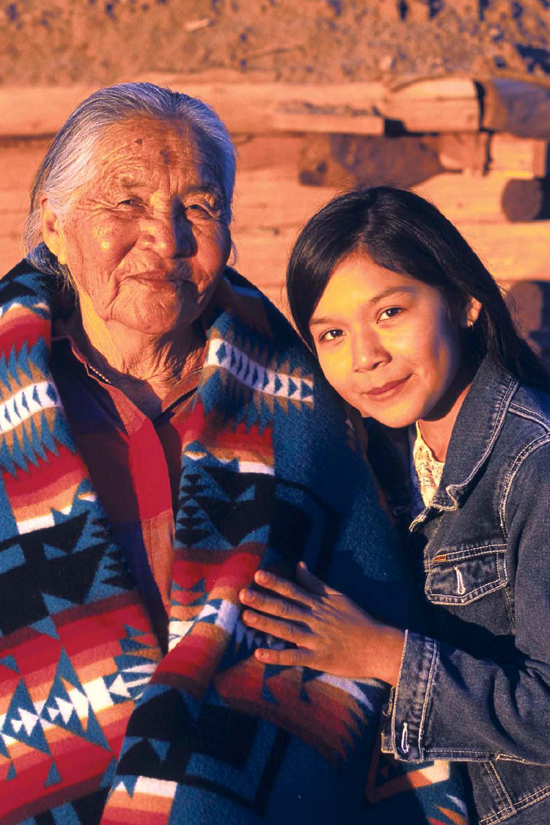
The Navajo people flourish today.
AUTHORS NOTE
At the dawn of the twentieth century, Native Americans were thought to be a vanishing race. However, despite four hundred years of warfare, deprivation, and disease, Native people have not gone away. Countless millions have lost their lives, but over the course of this century, the populations of Native tribes have grown tremendously. Even as Native people struggle to adapt to modern Western life, they have also kept the flame of their traditions alivethe language, religion, stories, and the everyday ways of life. An exhilarating renaissance in Native American culture is now sweeping the nation from coast to coast.
The First Peoples of North America books depict the social and cultural life of the major nations, from the early history of native peoples in North America to their present-day struggles for survival, dignity, and to preserve their cultures. Historical and contemporary photographs of traditional subjects, as well as period illustrations, are blended throughout each book so that readers may gain a sense of family life in a tipi, a hogan, a longhouse, or in houses today.
No single book can comprehensively portray the intricate and varied lifeways of an entire tribe, or nation. We only hope that young people will come away with a deeper appreciation for the rich tapestry of Native culture both then and nowand a keen desire to learn more about these first Americans.
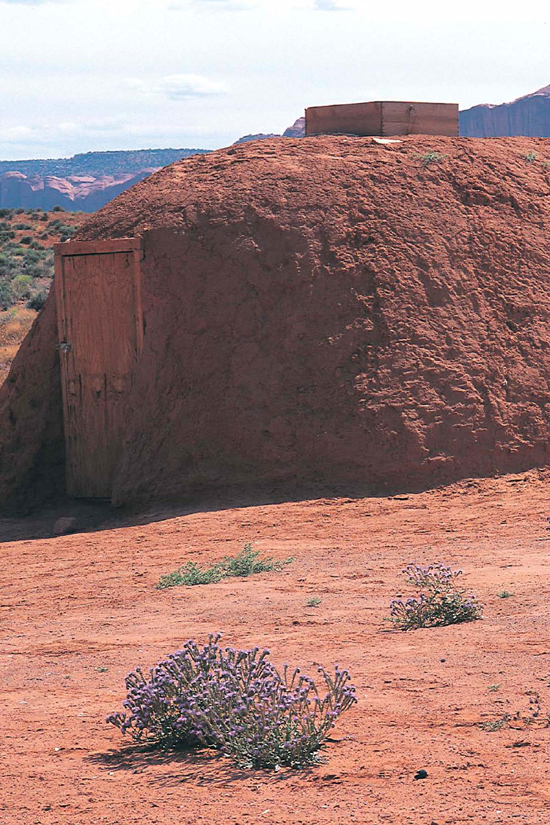
The Navajo built their homes using the materials around them.
CHAPTER ONE
A CULTURE BEGINS
Navajo history and mythology are intertwined like strands of a rope.
Carl Nelson Gorman, artist
L ong before the first Europeans settled in what is now known as the United States, bands of Native Americans called the trees, forests, mountains, and deserts home. Men, women, and children formed communities and cultures based on the world around them. Some hunted deer, birds, and forest-dwelling animals, while others hunted wild bison (often called buffalo) in the plains. They developed beliefs, rituals, enemies, and friends. Their stories were passed down through word of mouth, called oral tradition. Today, they continue as a proud people, educating younger generations and non-Native communities about their presence in the world.
Origins of the Navajo
One such group, living in the Southwest of the United States, was the Navajo (pronounced NAH-vah-hoe). The Navajo have been around for thousands of years. Their ancestors have seen prosperous times and tragic times.

